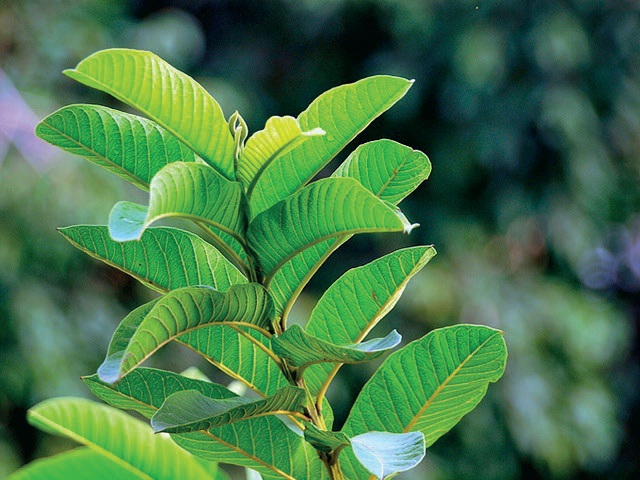Bioactive potential and pharmacological activity of Psidium guajava
DOI:
https://doi.org/10.5530/ctbp.2021.3s.50Keywords:
Antimicrobial activity, Psidium Guajava, Staphylococcus aureus, PeroxidaseAbstract
The present study, was aimed to extract the peroxidase enzyme from the leaves of Psidium guajava and optimized its activity at different temperatures, pH and substrate concentration. The activity of the Guava peroxidase was determined by enzyme assay and the specific activity of the enzyme was determined by protein estimation. The amount of the protein present in the Guava sample was found to be 7.0mg.The specific activity of the protein was 0.03u/ml/mg. Thermal inactivation was studied in 10mM Tris – Hcl buffer pH (8.0). The activity of Guava peroxidase was found stable in 3 different time intervals of 5, 10, and 15mins. Guava peroxidase protein profiling by SDS-PAGE revealed the molecular weight of leaf sample was 55KDa.The maximum activity of the Guava leaf peroxidase was on pH 5.0, temperature 70ºc. Further the study also demonstrates the antimicrobial potential of Psidium guajava leaves extract by using various solvents. The results indicate that ethanol is solvent of better choice than distilled water for the extraction. The observed inhibition of gram positive bacteria, s.aureus suggest that Guava possesses compounds containing antibacterial properties that can effectively suppress the growth when extracted using ethanol as the solvent. On the basis of the present finding, P. guajava leaves possess the capabilities of being a good candidate in the search for a natural antimicrobial agent against infections and/or diseases caused by S. aureus.



